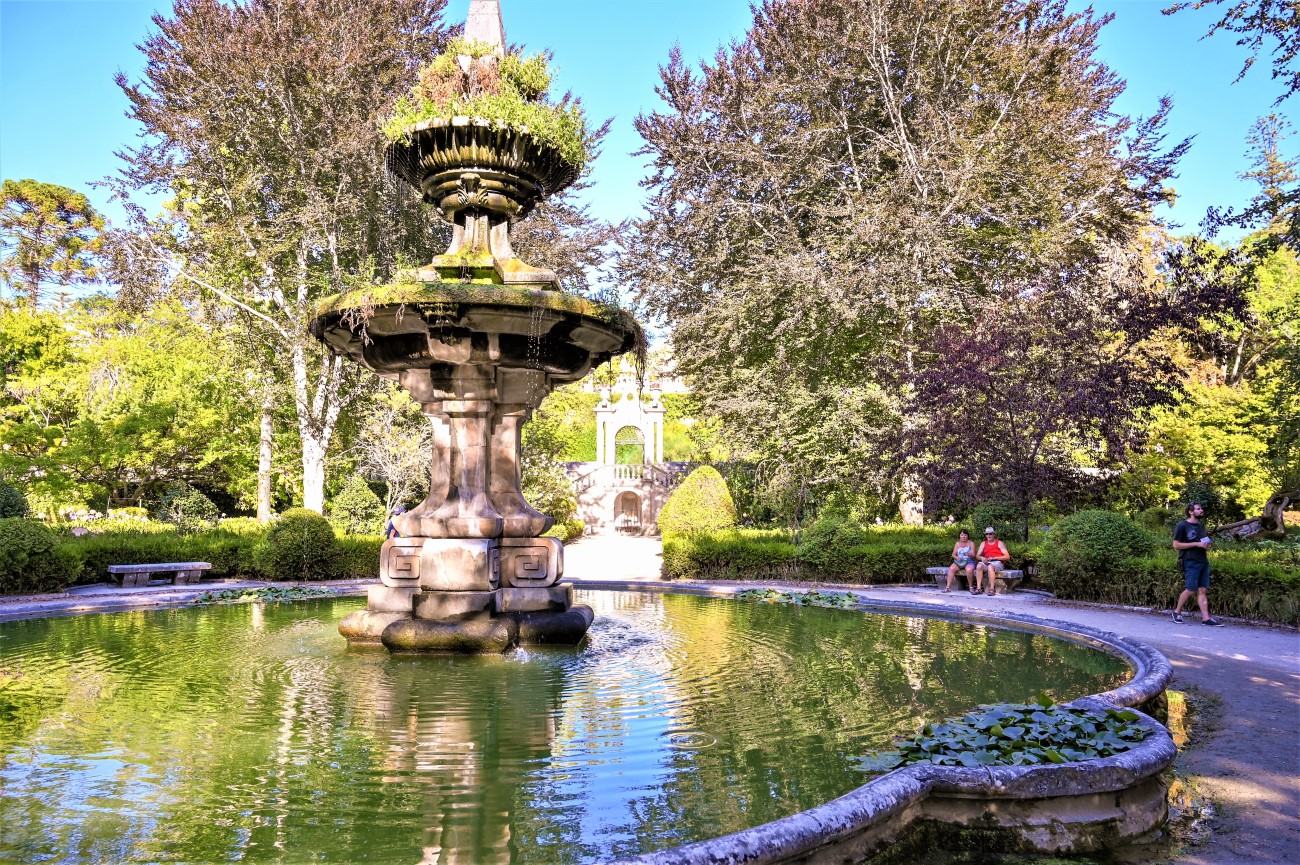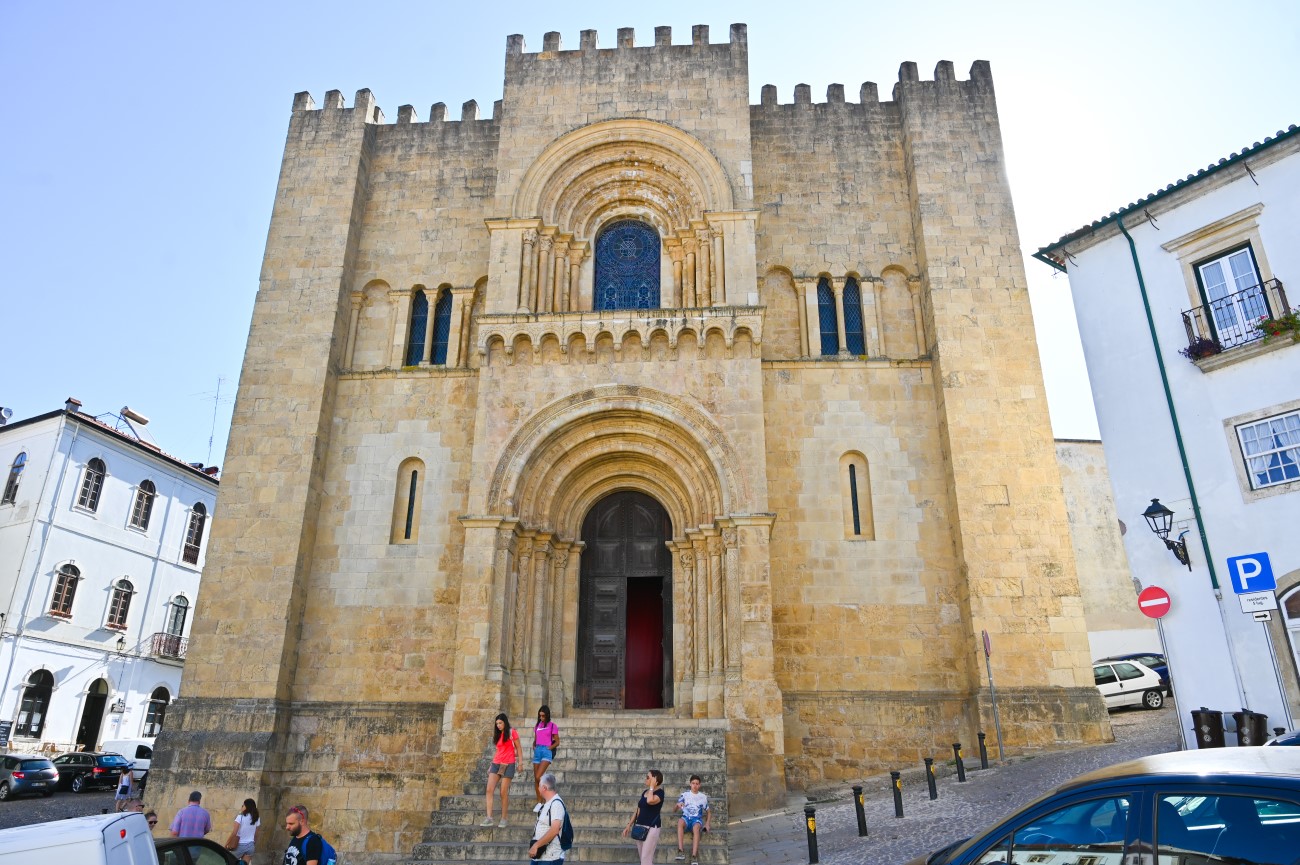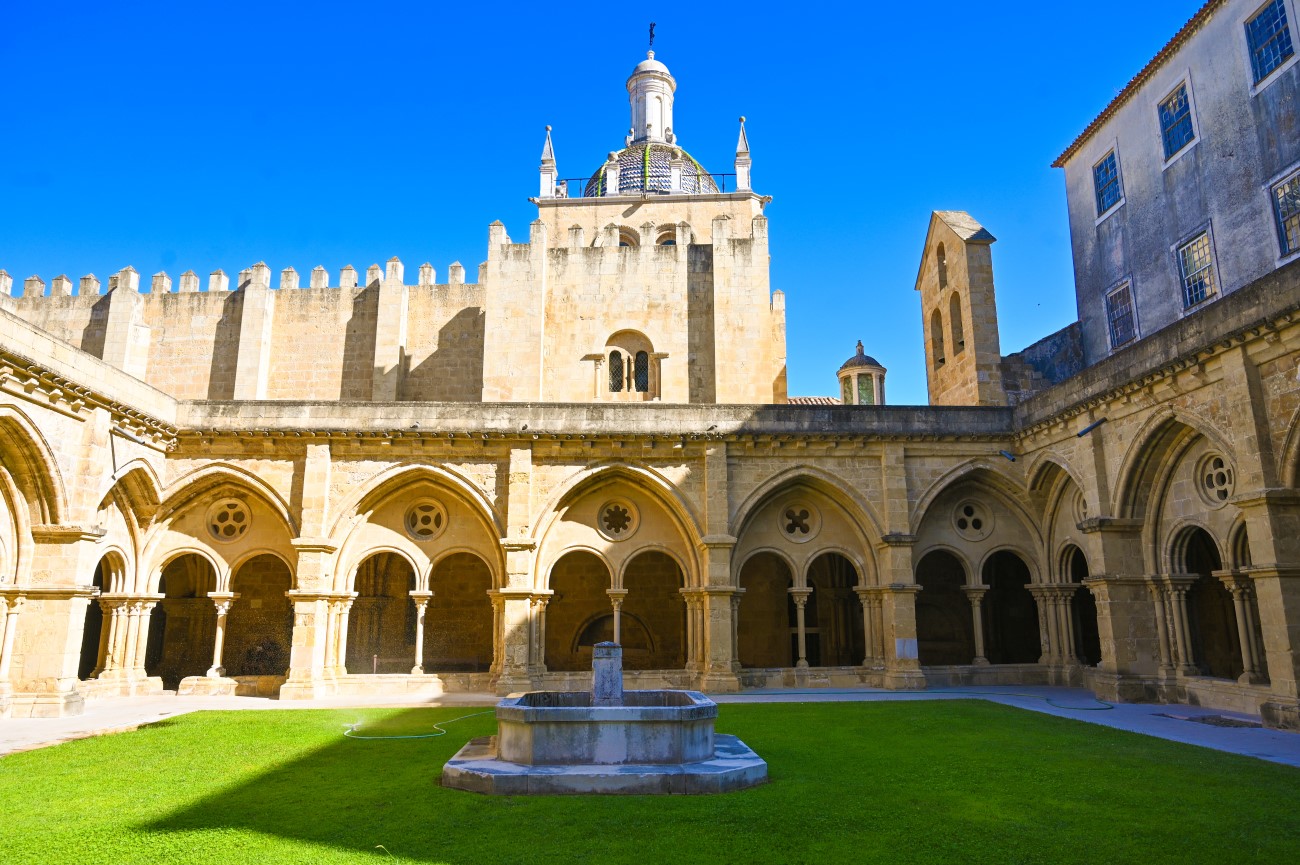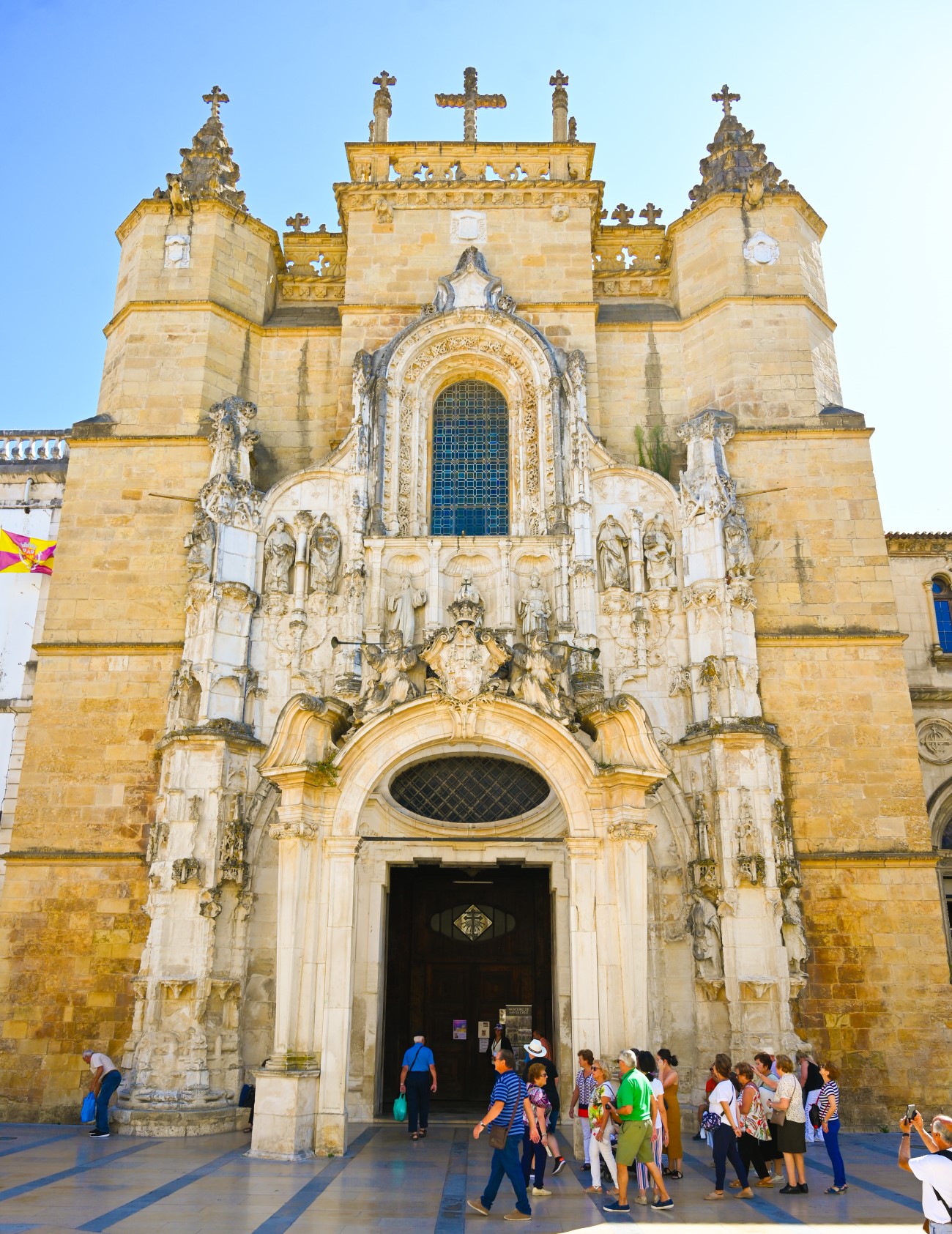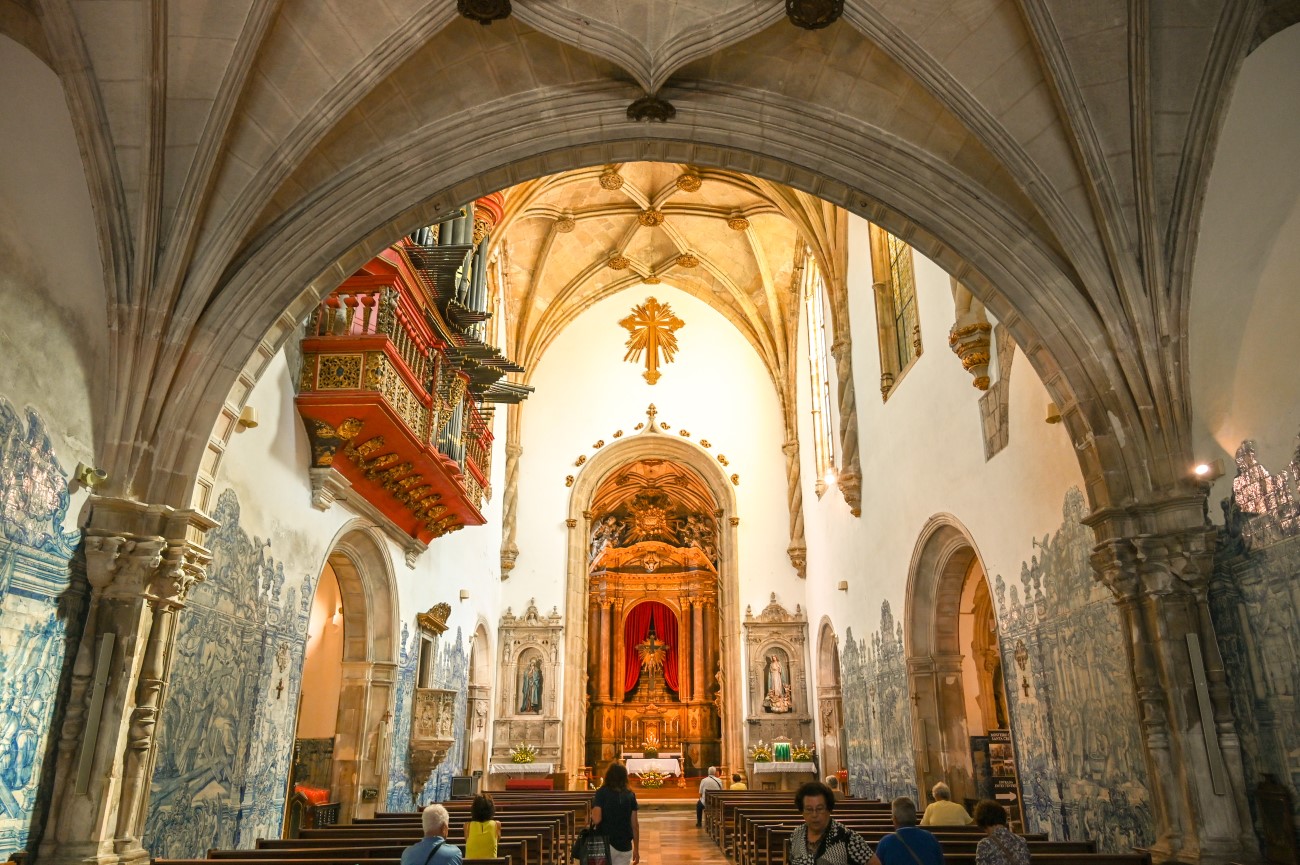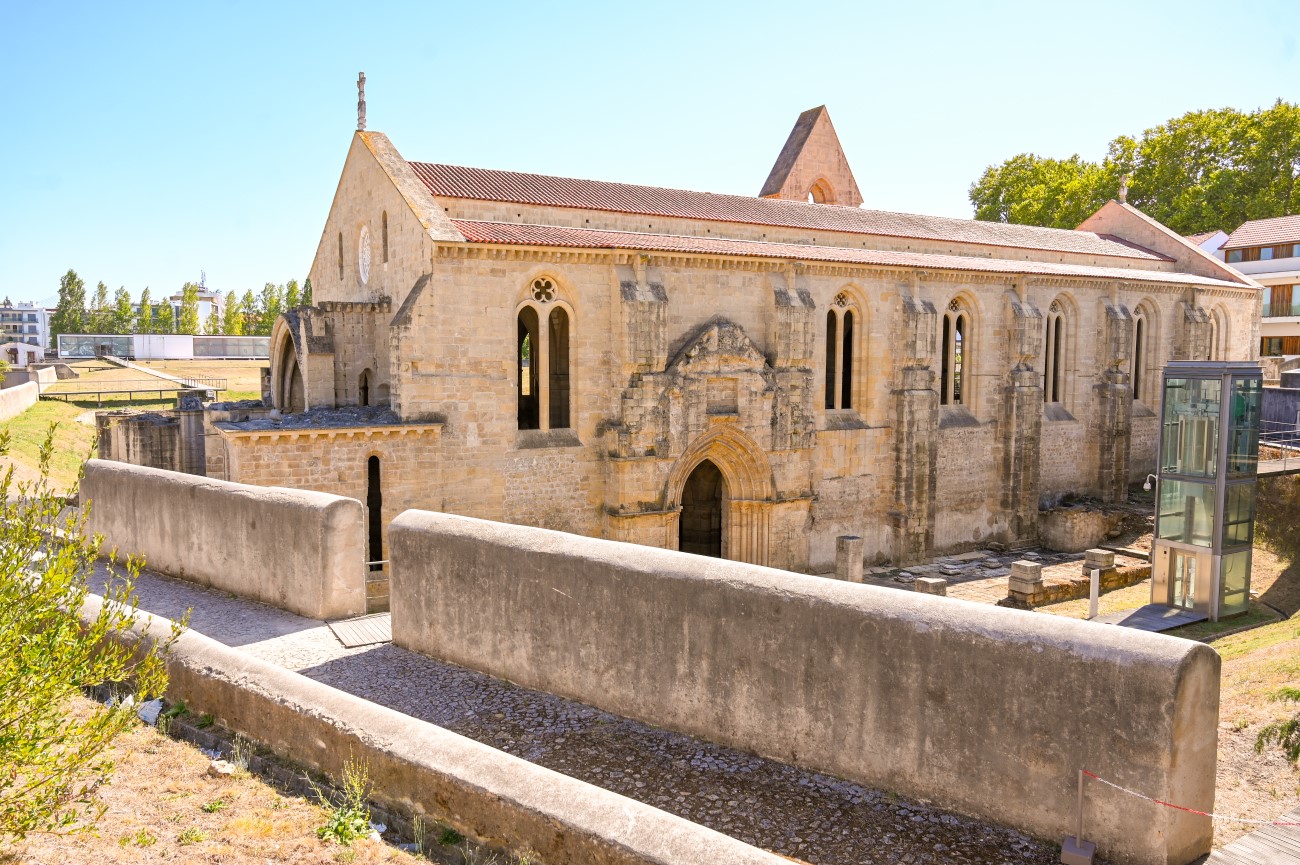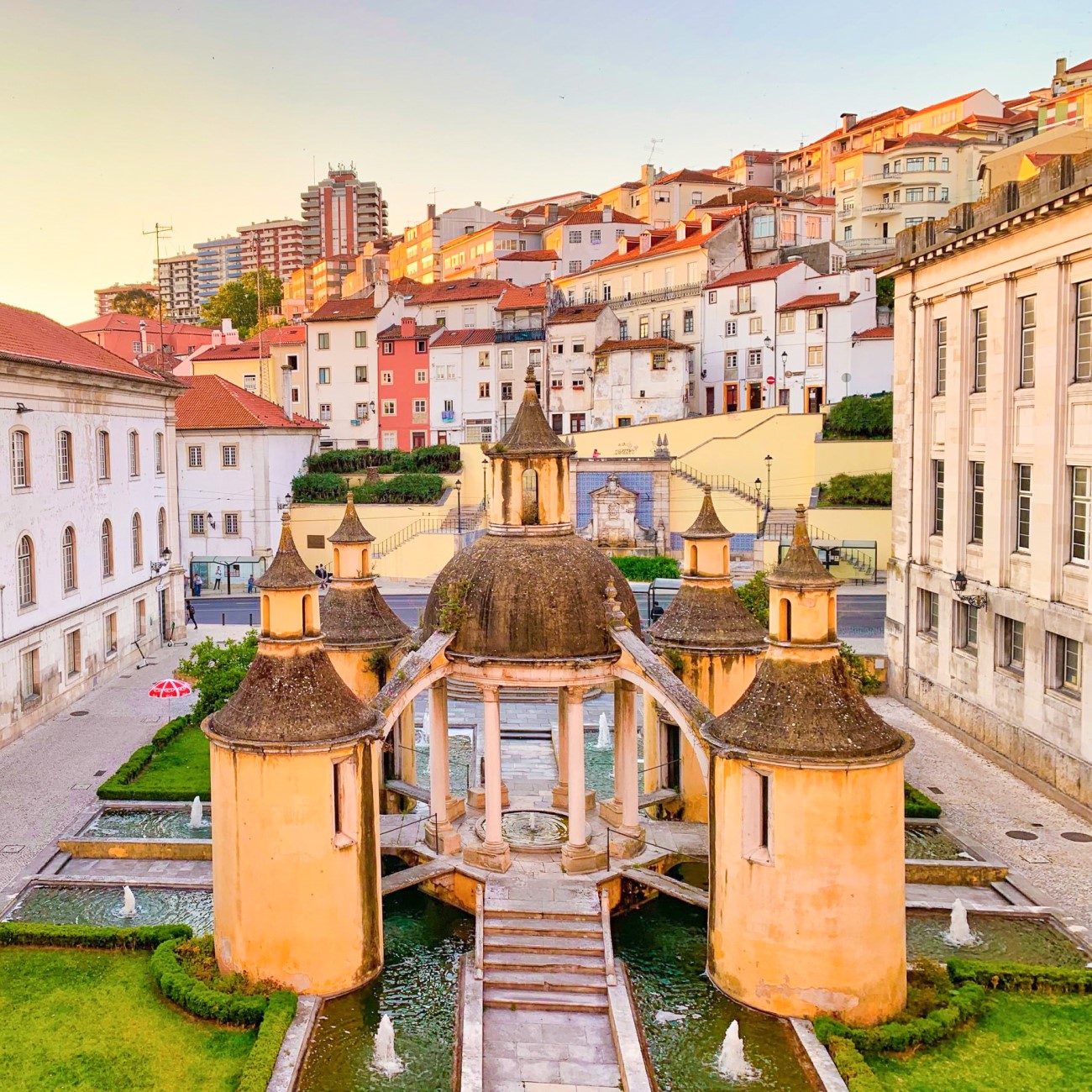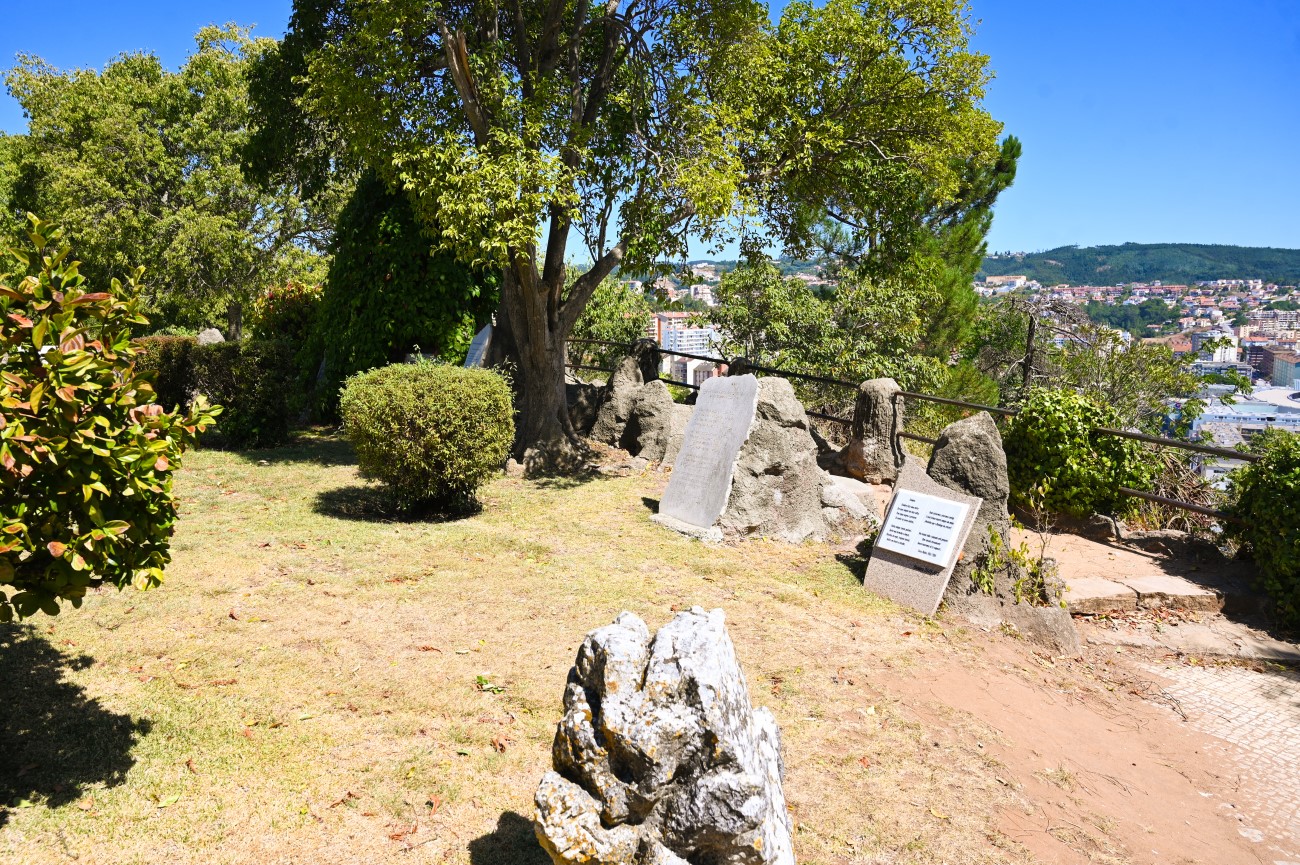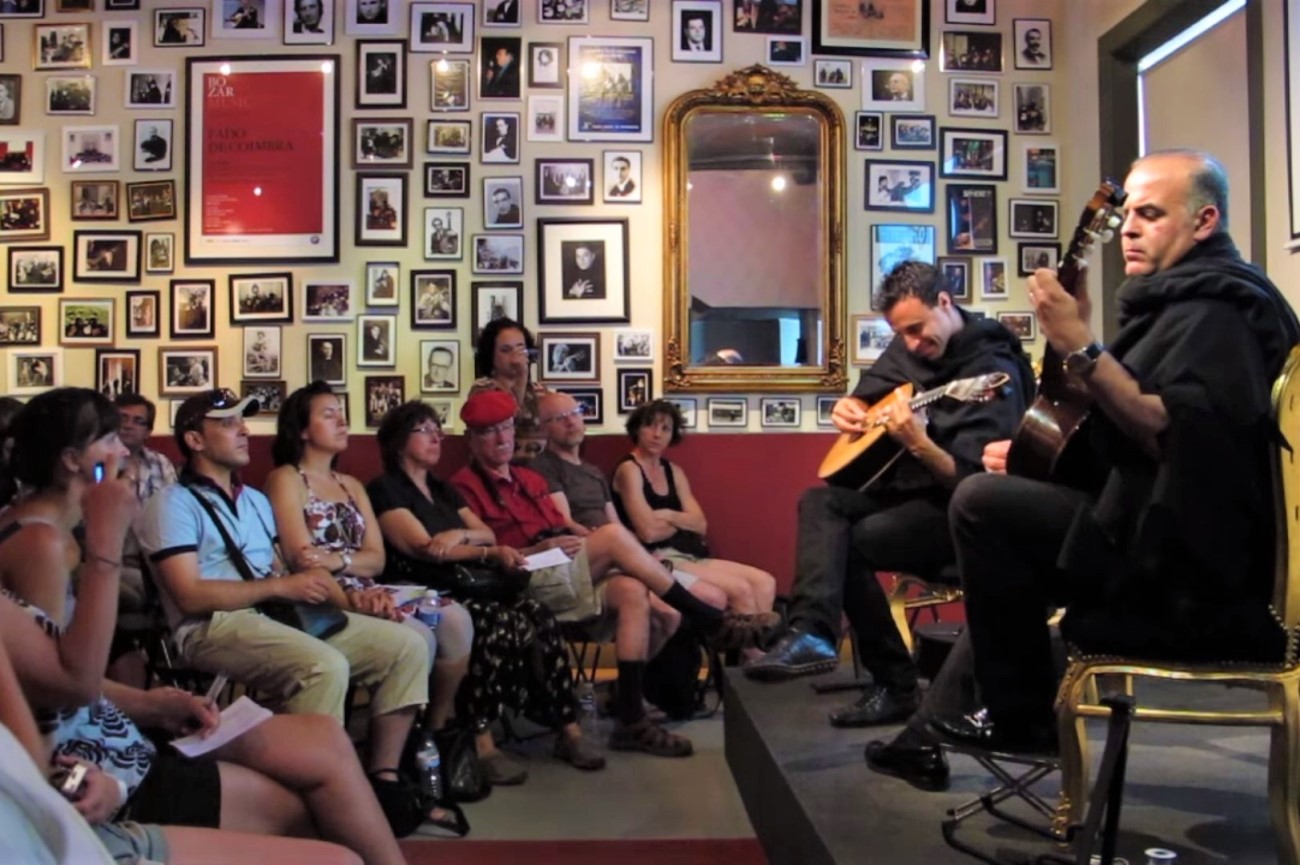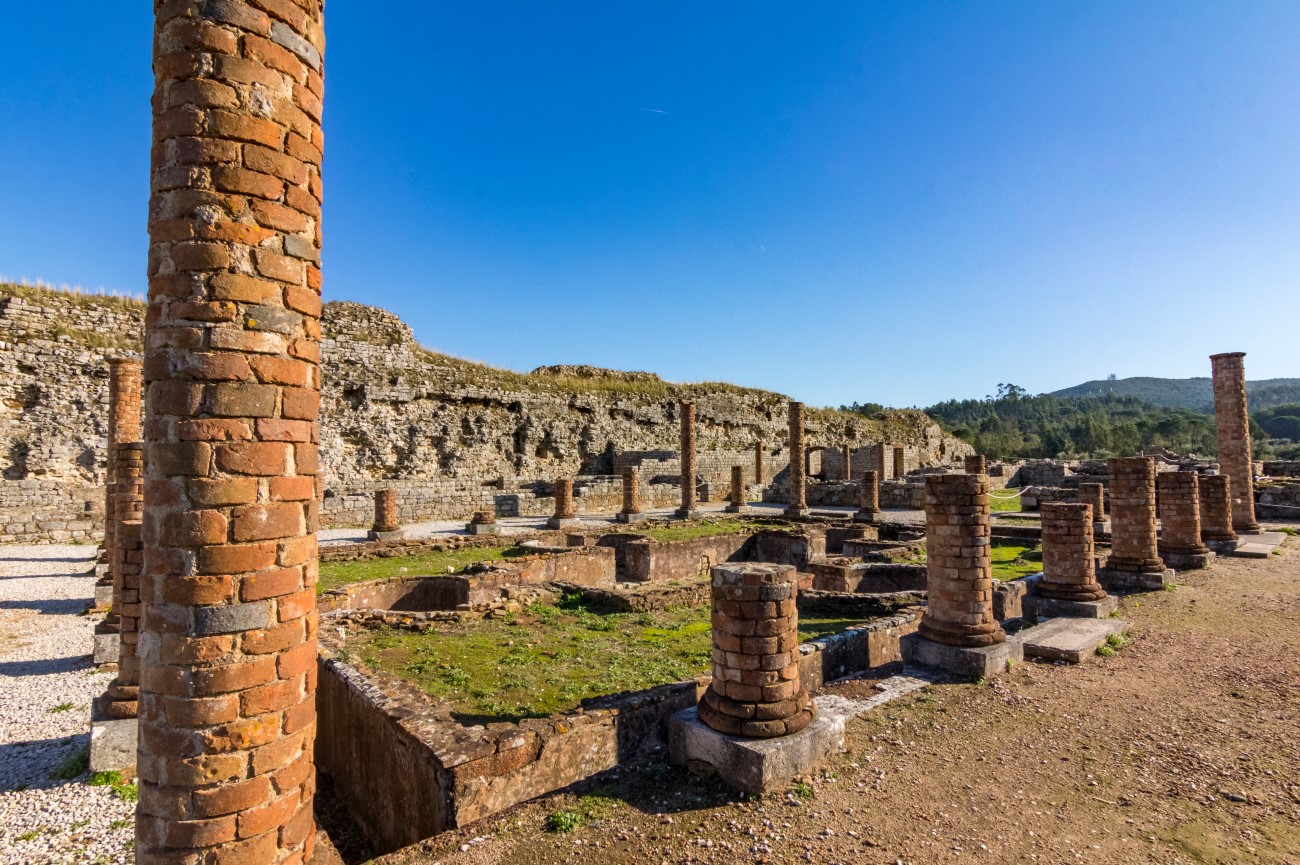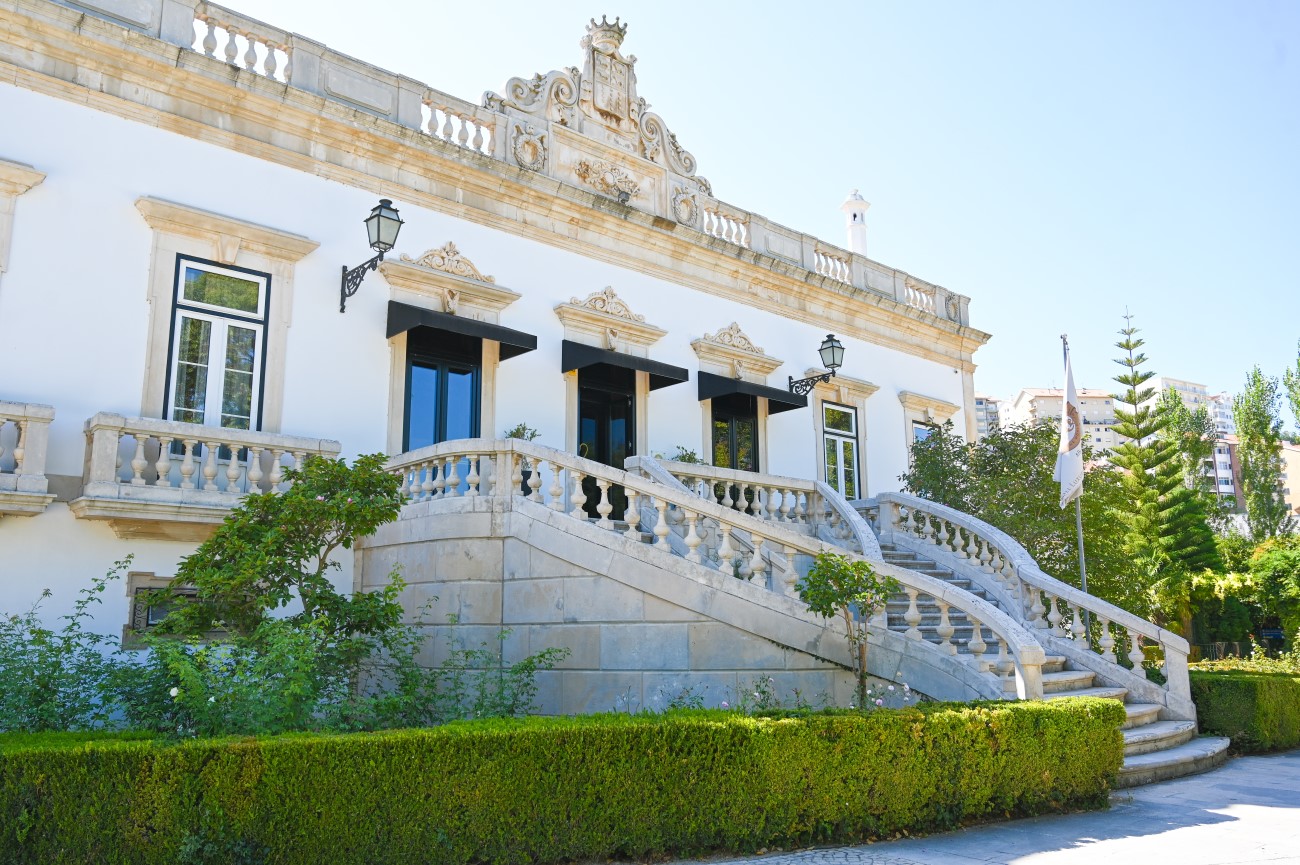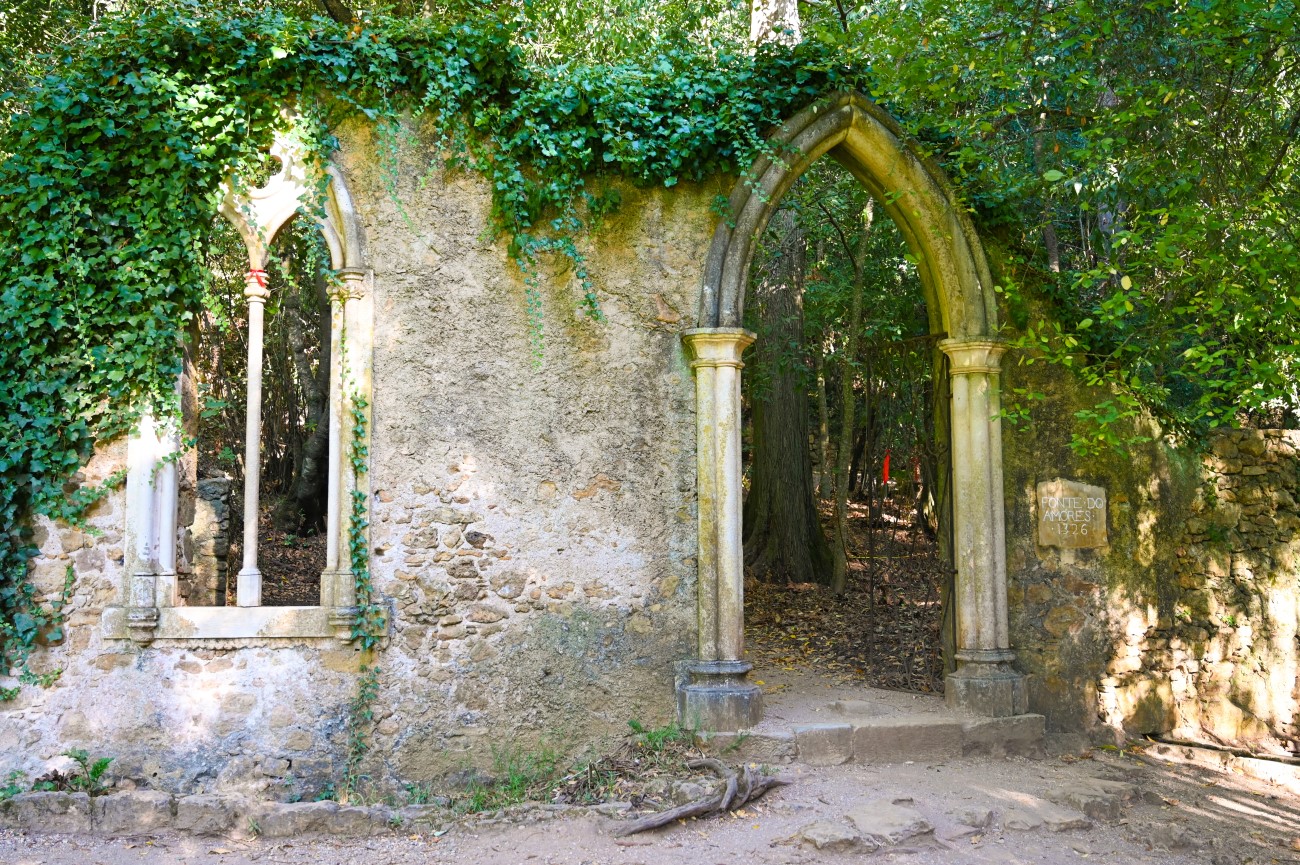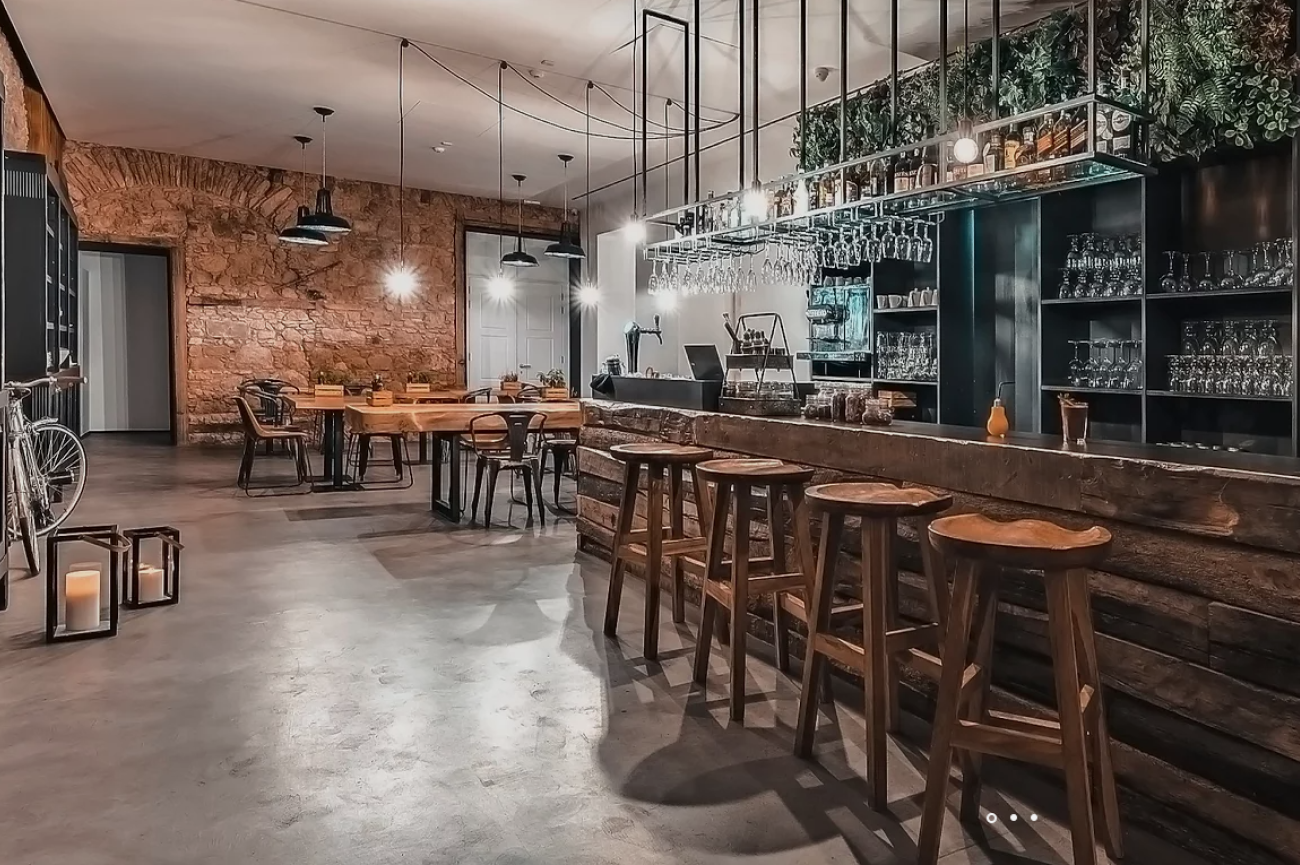Visit Coimbra: A Tourist Guide
Found in central Portugal along the Mondego River about halfway between Lisbon and Porto is the remarkable town of Coimbra.
While it may currently be most famous for the University of Coimbra, from 1131 to 1255, it was the capital city of Portugal.
A beautiful and curious place, Coimbra has lots to offer foreign visitors. Here is our list of favorite things to do, things to see, places to eat, and spots to spend the night while visiting Coimbra!
Things To Do And See In Coimbra

Coimbra presents a delightful mix of modern innovation, ancient history, culture, and youthful energy.
Visit the University of Coimbra
The University of Coimbra is the oldest university in Portugal and one of the oldest in Europe. Designated as a UNESCO World Heritage Site, the campus has many fascinating locations to explore.
The university was originally founded in 1290 by King Dinis, but it was later transferred to Coimbra in 1537 and re-located in what was once a medieval palace. Must-see sites include:
- The Capela de Sao Miguel (St. Michael’s Chapel), with some architectural elements that date all the way back to 1517. Most of what you will see can be traced to the 17th and 18th centuries, including the Azulejos tiles, altar, and Baroque organ. Outside the chapel is the bell tower that is one of the most recognizable landmarks of the University.
- The Museu da Ciencia (science museum) has some fascinating collections. In fact, this museum holds the most significant historical science collections in the entire country. Collections include scientific instruments from the 18th and 19th centuries that once belonged to the physics museum. There used to be multiple science museums on campus but in 2006 they were combined at this location. Collections cover disciplines like physics, zoology, mineralogy and geology, and natural history.
- Paco das Escolas is the heart of the campus and where academic ceremonies are held. This is the most historic part of the campus and offers some incredible sites for architecture lovers.
The library on campus is so impressive that it gets it’s very own place on this list!
Explore the Biblioteca Joanina
Perhaps the most beautiful building on campus is the Biblioteca Joanina. Named for King Joao V and dating to the 18th-century, the decor and book collections will definitely impress.
The library is 3 floors high and the top floor is made up of 3 rooms connected via polychrome wooden arches. Each room has frescoed ceilings and red, green, or black gilded shelves.
On the shelves are over 60,000 volumes from the 12th century all the way to the 18th century, including prominent legal, philosophical, and theological writings.
When buying tickets to tour the compass grounds, be sure to get an admission ticket that includes the library!
Visit the Botanical Garden
Jardim Botanico is the most expansive botanical garden in Portugal. At 13 hectares, you can expect to see beautiful plants from all over the world.
Founded in 1772, the garden was previously used by the university for research but is now open to the public.
On the grounds, you will find more than just plants. Explore two massive greenhouses (one built in 1856), a large fountain, a chapel that once belonged to Benedictine monks, a bamboo grove, a city cistern, and parts of the original city walls.
Visit Sé Velha, Igreja de Santa Cruz and the Monastery of Santa Clara-a-Velha
There are many great churches, chapels, and monasteries in Coimbra but two of the most spectacular are the Sé Velha and Igreja de Santa Cruz.
Sé Velha is Coimbra’s old cathedral with origins in the 12th-century. With massive stone walls and small, narrow windows, it has retained its Roman feel. Inside, peaceful cloisters, vaulted ceilings, and a decorative altar.
Igreja de Santa Cruz also dates to the 12th century but the current appearance can be traced to the 16th century.
Inside you will find walls decorated with Azulejos tiles depicting significant moments in Portuguese history. Look closely, however, because the tiles are actually quite poorly done, with previously broken tiles replaced with random pieces that don’t fit the narrative. Interestingly, the tiles serve two main functions: to improve acoustics and to cover the damage that flood waters caused to the 12th-century paint used in the original frescos.
This church also houses the tombs of Portugal’s first two kings, Afonso Henriques and Sancho I. Another important thing to see is the Claustro do Silêncio, a double-tiered cloister displaying outstanding bas-reliefs depicting the Passion of Christ.
Monastery of Santa Clara-a-Velha is located on the left
side of the river. Construction on this Gothic monastery was completed
in 1330. Due to the constant flood risk, the monastery was abandoned by
the nuns in the 17th century for a location built on higher ground.
The grounds were eventually restored and during the excavation process, the lower part of the church and its cloister were revealed. There is a museum nearby where you can explore the artifacts found during the excavation.
See the Jardim da Manga
Behind Igreja de Santa Cruz is the Jardim da Manga or Claustro da Manga. This small square and garden was once a part of the church’s cloisters. In the center you will find a yellow, domed structure surrounded by water fountains.
The story goes that King Joao III visited the space and drew up the fountain’s design on his sleeve. “Manga,” in Portuguese means sleeve, hence the name of the garden.
Visit Penedo da Saudade
Near the botanical gardens, located high up on a hill, is a small rocky garden known as Penedo da Saudade. This garden not only provides spectacular views of Coimbra and the river, but it also has an interesting bit of history attached to it.
Legend has it that after the tragic murder of his lover Inês de Castro, King Pedro I came here to mourn her loss. Today, it is a gathering place for lovers, students, and intellectuals. Throughout the garden, you will find stone tablets displaying poetry as well as busts of some of Portugal’s most prominent figures.
Visit Fado ao Centro
Fado is a musical style unique to Portugal. The music is melancholy but also hauntingly beautiful. Faro restaurants and bars can be found all over the city (and country!), you should definitely pay a visit to Fado ao Centro.
Fado ao Centro is a cultural center run by enthusiastic and passionate fadistas. Each day at 6pm they put on a live Fado performance that includes a history of the style. The musicians are selected based on their skill level so you can be sure that what you hear will be of the highest quality. Try to book ahead as this is a popular activity in the region.
Even if you can’t get in to see one of the shows, stop in to the site to learn more about Fado and the Portuguese guitar.
Day Trip to Conimbriga
Conimbriga is located 20 minutes south of Coimbra and definitely warrants a trip. The Roman ruins located here date back to the 2nd century BCE. This site is one of the best-preserved in the entire country.
Once a fairly substantial town, you can see the foundations of many homes, baths, and a forum with a market place, shop entrances, and temple. An ancient Roman aqueduct has also been uncovered.
The most impressive ruins are from the 2nd and 3rd centuries AD. Casa das Fontes and Casa de Cantaber display beautiful mosaic floors and adornments that are not found on the other buildings.
For details on the history of the settlement, including uncovered artifacts, pay a visit to the Museu Monográfico de Conímbriga.
This list of what to see and do in Coimbra is far from exhaustive. This old town is full of too many tourist attractions and hidden gems to list in one place. For more ideas about what to do in Coimbra, visit our two day Coimbra travel itinerary.
Where to Eat in Coimbra
Foodies everywhere will be happy to know that Coimbra has great food, at very affordable prices.
Dux Taberna Urbana
Located in the city center, Dux Taberna Urbana offers a modern take on
the traditional tavern. Whether you’re looking for tapas or a full meal,
there are lots of delicious and fresh selections to choose from. The
staff is friendly and helpful so you are sure to feel at home. With an
extensive wine list and great prices, you really can’t go wrong.
Passeite Taberna Do Azeite
If you’re in the mood for something completely different, pay a visit to Passeite Taberna Do Azeite.
All dishes, from starters to desserts feature one star ingredient: olive oil. With plenty of vegan and vegetarian options, this restaurant specializes in traditional Mediterranean cuisine. All ingredients are fresh and local, including the olive oil which is farmed nearby.
Where to Stay in Coimbra
When choosing to spend a night in Coimbra, you are spoilt for choice. Here are two of our top picks:
Quinta das Lagrimas
One of the most interesting things about Quinta das Lagrimas is both a luxury hotel and a tourist attraction. Once a private residence for Portuguese royalty, the opulence can still be seen and felt.
This
location is famous as the site of Portugal’s most famous love story.
King Pedro I and Inês de Castro, as mentioned previously, were engaged
in a love affair. It is believed that Inês’ murder took place in the
park and that she died, shedding a tear, beside the Fonte das Lágrimas
or Fountain of Tears, sometimes called Fonte dos Amores.
If you end up staying at this small hotel, you can enjoy their exquisite restaurant, a high-end spa, two swimming pools, a Turkish bath, a fitness center and all the amenities you would expect from luxury accommodations. The building itself is surrounded by world-class gardens that you are free to explore.
Sapientia
Sapientia, which means “wisdom” is a boutique hotel located in the historic center of Coimbra, just 300 meters from the university. It has 22 modern and charmingly-decorated rooms that are named after Portuguese writers.
You can book a single room or an entire apartment complete with a kitchenette. There is a restaurant on-site but one of the greatest features of the hotel is the rooftop terrace that offers spectacular views of both the river and the university.
If you want to be in the heart of the city or plan to take yourself on a walking tour, Sapientia is the perfect location.
Coimbra is a beautiful city with an incredible link to Portuguese history and culture. Reach out to us today for help planning your perfect Coimbra getaway.




